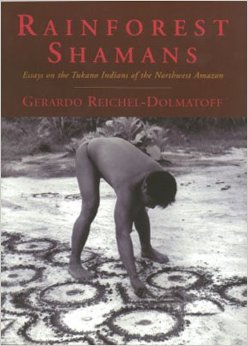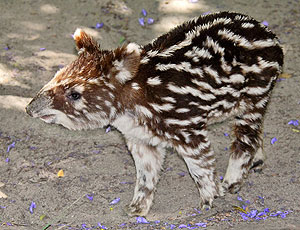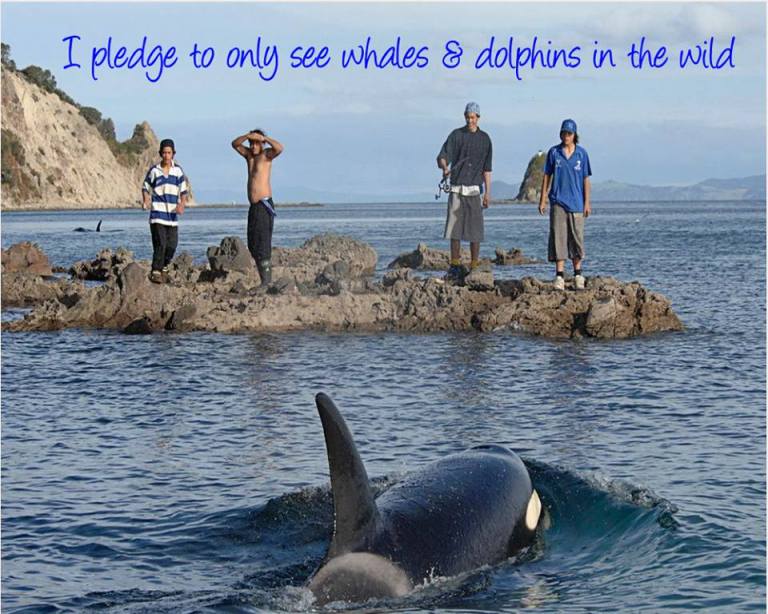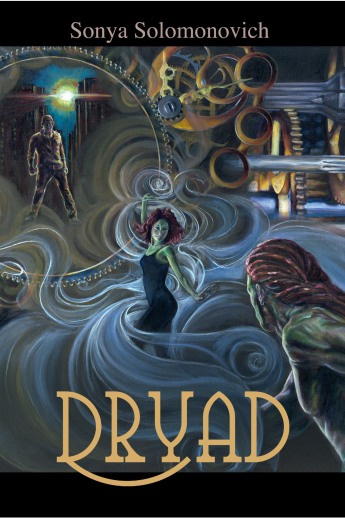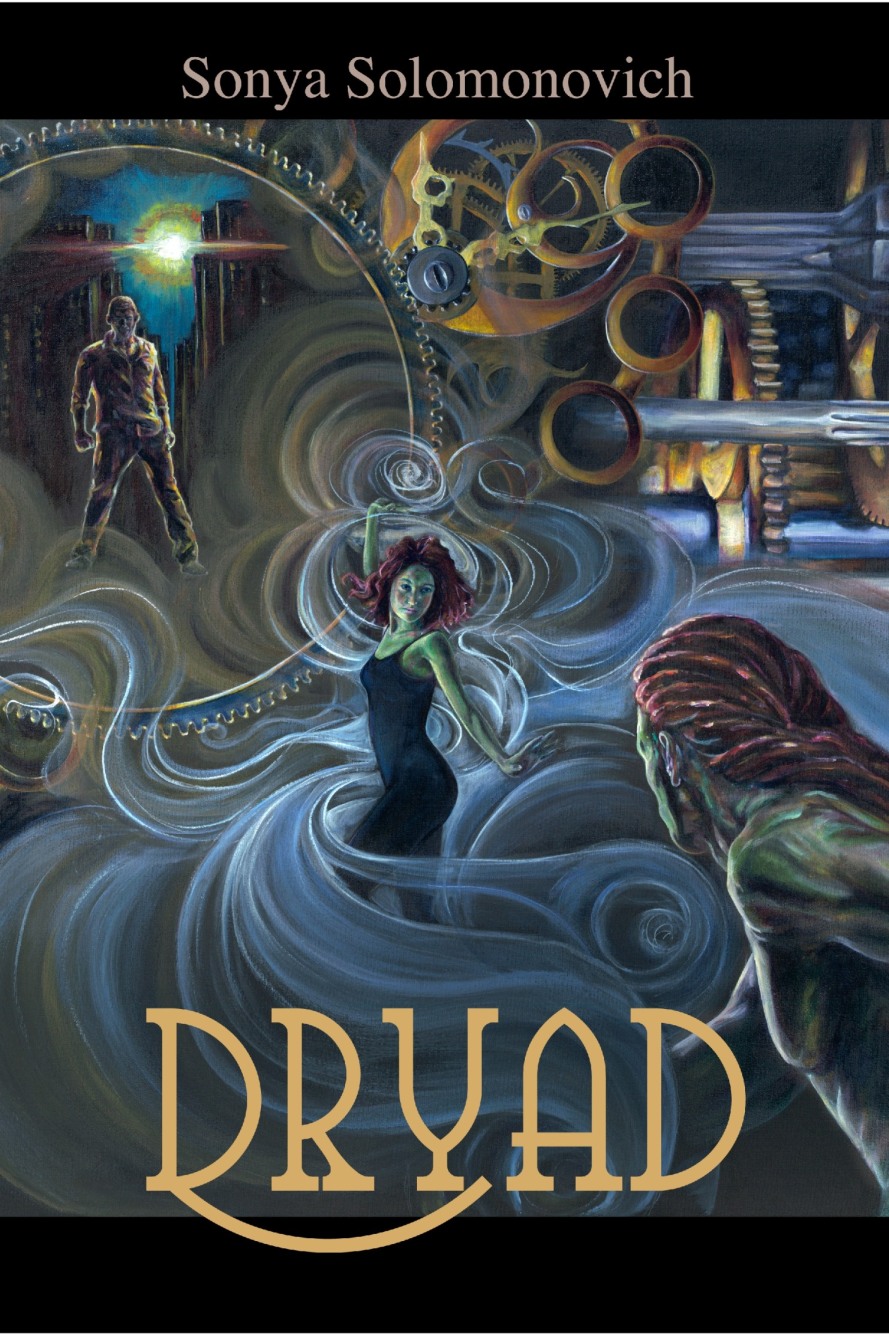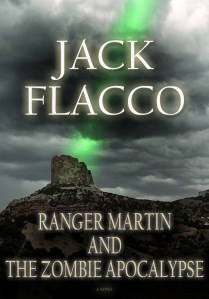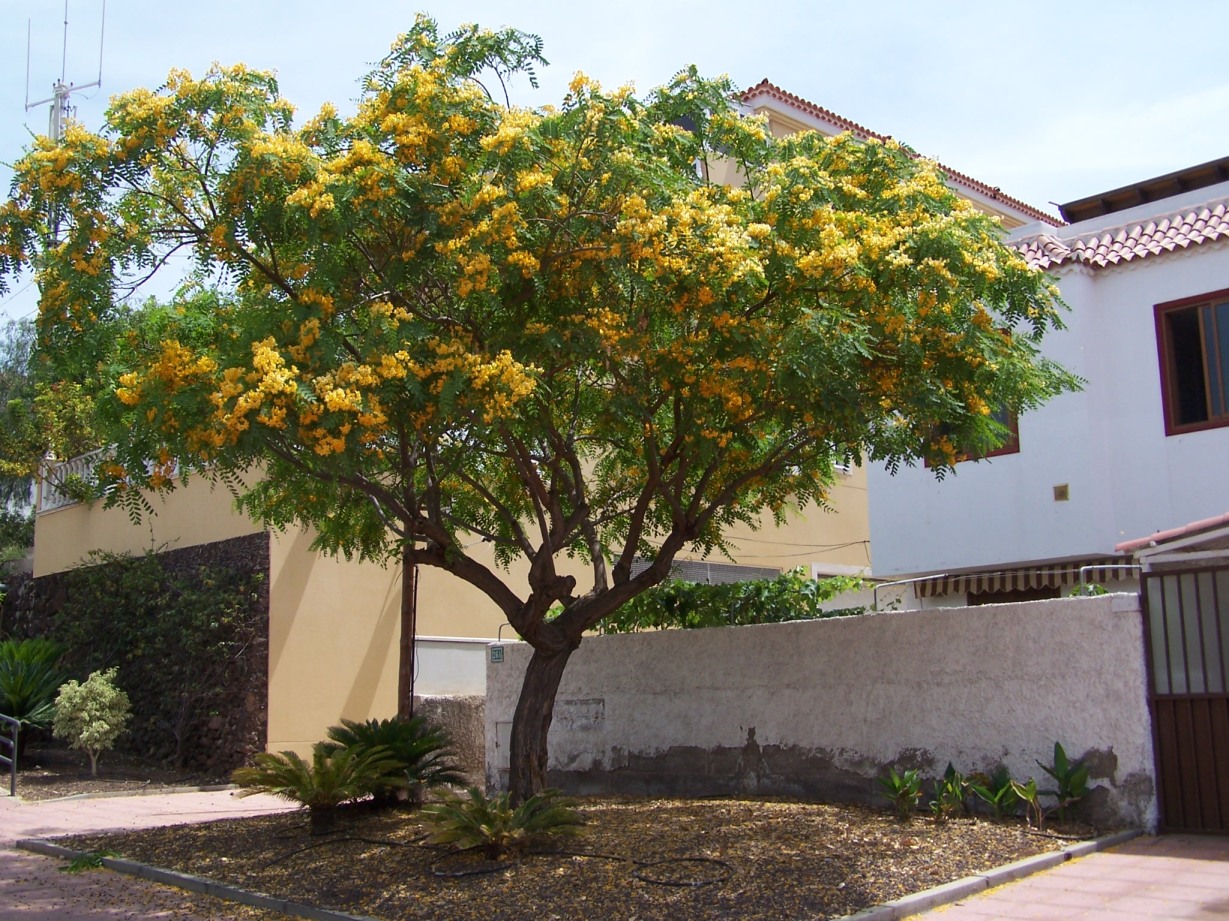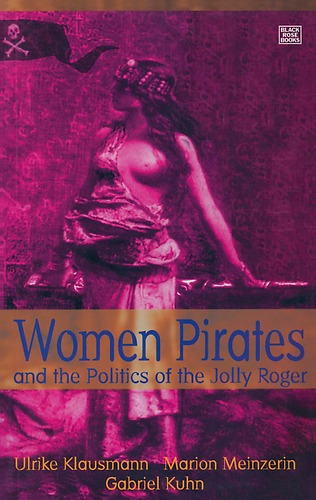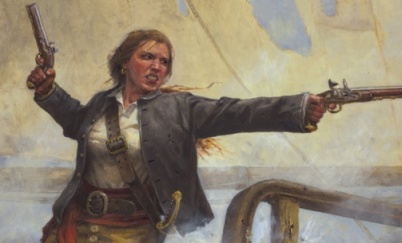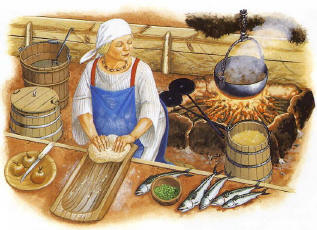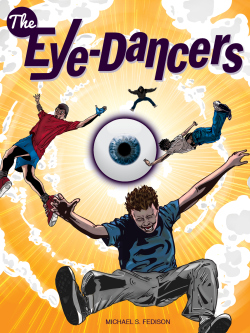 Ah, to be back in junior high school! The loneliness, the angst, the debilitating shyness, the budding teenage romance… Reading the Eye-Dancers was like a trip back in time for me as the four main characters struggled with growing up, each in their own way, in a strange and exciting setting.
Ah, to be back in junior high school! The loneliness, the angst, the debilitating shyness, the budding teenage romance… Reading the Eye-Dancers was like a trip back in time for me as the four main characters struggled with growing up, each in their own way, in a strange and exciting setting.
I knew from the book’s description that the four boys are going to be whisked away to a fantasy world, and I was expecting something like Narnia, but actually it’s more like a subtly different parallel universe in which they must rescue a mysterious psychic girl. I’m always intrigued by weird psychic powers, parallel universes and alternative history, so I really enjoyed the ride!
I’ve had the chance to chat with all four of the main characters, Mitchell, Joe, Marc, and Ryan (author Michael S. Fedison chimes in too) and here is what they told me…
1. What are some of the things you like/dislike about this parallel universe you’re in?
Joe Marma) Can it, Einstein! Just can it, and seal the lid! I had to listen to your stupid theories and crap for hundreds of pages in the book, I don’t need to hear any more now, got it? As for me, I like the dog I met. Duss. Cool dog.
Mitchell Brant) [blushing] Well, if I’m being honest–not something I always am–I guess I would have to say meeting Heather’s the best thing, and it’s not even a close second.
Ryan Swinton) Hmm. I’m not sure! I–
Joe) Oh, c’mon, Ryan. Don’t always be so wishy-washy!
Ryan) Well, then . . . probably the best thing for me was, um, well, standing up to you, Joe. You remember? When we were in Tilly? That really small town? I hadn’t ever really done anything like that. I needed to do that.
Joe) Sorry I made you give an answer just now, bud. But, yeah. I never knew you had it in you. I was impressed.
Ryan) Oh, yeah, and the cars in the parallel universe are cool, too.
 2. If you ever escape from this weird parallel universe, would you ever want to come back here or to visit any other strange worlds?
2. If you ever escape from this weird parallel universe, would you ever want to come back here or to visit any other strange worlds?
Mitchell) Honestly, I’m not sure it matters. ‘Cause if we do get back home, I know the guy who writes for us has plans for a sequel, so . . .
Me) Careful, Mitchell! I might just write you clean out of the sequel!
Mitchell) Sorry, Mike. I meant to say–Write on! And yes! I’d love to come back!
Me) That’s better.
3. What is the scariest thing you’ve had to do in this adventure?
Joe) Listen to Kuslanski talk, talk, talk! Geez! He’s wrong every freakin’ time! And he just never quits. He’s like a bad smell.
Marc) [adjusting his glasses] Joe, I’m not always wrong. In fact, I think I’m right approximately 99.97 percent of the time.
Ryan) For me the scariest thing was cleanin’ Stu’s cabin. That guy gave me the creeps.
Mitchell) Are you all forgetting the void? What about going through the void?
Marc) Exactly! I aim to think about that more, figure out exactly what happened . . .
Joe) [holding his head] Here we go again . . .
Questions for each individual:
1. Joe, you kind of had me worried about your aggressive tendencies. Have you ever practiced martial arts? Where did you learn to fight?
Joe) You know, I never did practice martial arts. Never needed to, I guess. I don’t know. I’ve always just known what to do when the fists start flying. It’s kind of like breathing for me. It all just comes naturally. Maybe it’s ’cause I’m so freakin’ short. I’ve always had a chip on my shoulder.
2. Ryan, you’re the joker of the group. Do you have any other interests aside from making jokes?
Ryan) Funny you should ask that, Sonya! I was talking to Mike about that, telling him I wanted him to put my other big interest in the next book. And he is! I love magic, card tricks, performing . . . Give me a deck of cards, and I’ll mesmerize you. Not to brag or anything. Just sayin’ . . .
3. To travel between worlds, you had to enter a weird tentacle-like thing. Marc, have you come up with any theories on what those “tentacles” were?
Marc) [his glasses falling down the bridge of his nose] This has kept me up nights! It really has. I can’t say for sure–yet. But to the best of my knowledge, they represent some sort of interdimensional space-time warp. They are wormholes, bridging dimensions–in this case, bridging universes. They may be related to black holes. I will get back to you on this! Believe me, I’m gonna spend a lot of my spare time thinking this over.
4. Mitchell, you’re quite the comic book reader. What is it about the Fantastic Four that appeals to you?
Mitchell) Well, I’ve personally met the actors who played the FF in the movies, and . . . [tilting his head, listening to something] What’s that? Oh. Okay. I was just told I should be 100% truthful with this answer.
Um . . . I just like their adventures. Their stories take you to, well, kind of funny, since I did the same thing–but they sometimes take you to parallel worlds, and different dimensions. They’re really imaginative. And I like the characters, too. They bicker a lot, but they’re like family, When the chips are down, they’re all in.
Now, about the actors I met . . .
Hope you enjoyed the interview!
To purchase The Eye-Dancers…
on Amazon, please click here.
at Barnes and Noble, please click here.
at Smashwords, please click here.
at Kobo, please click here.


